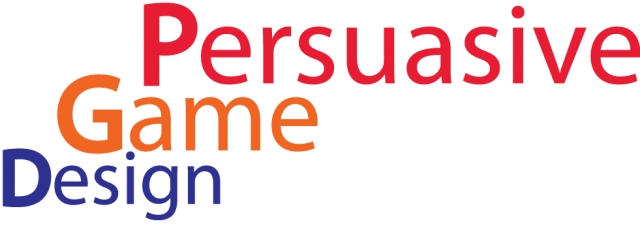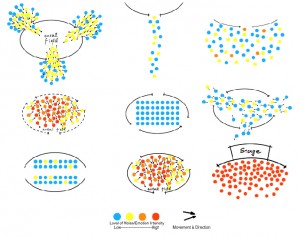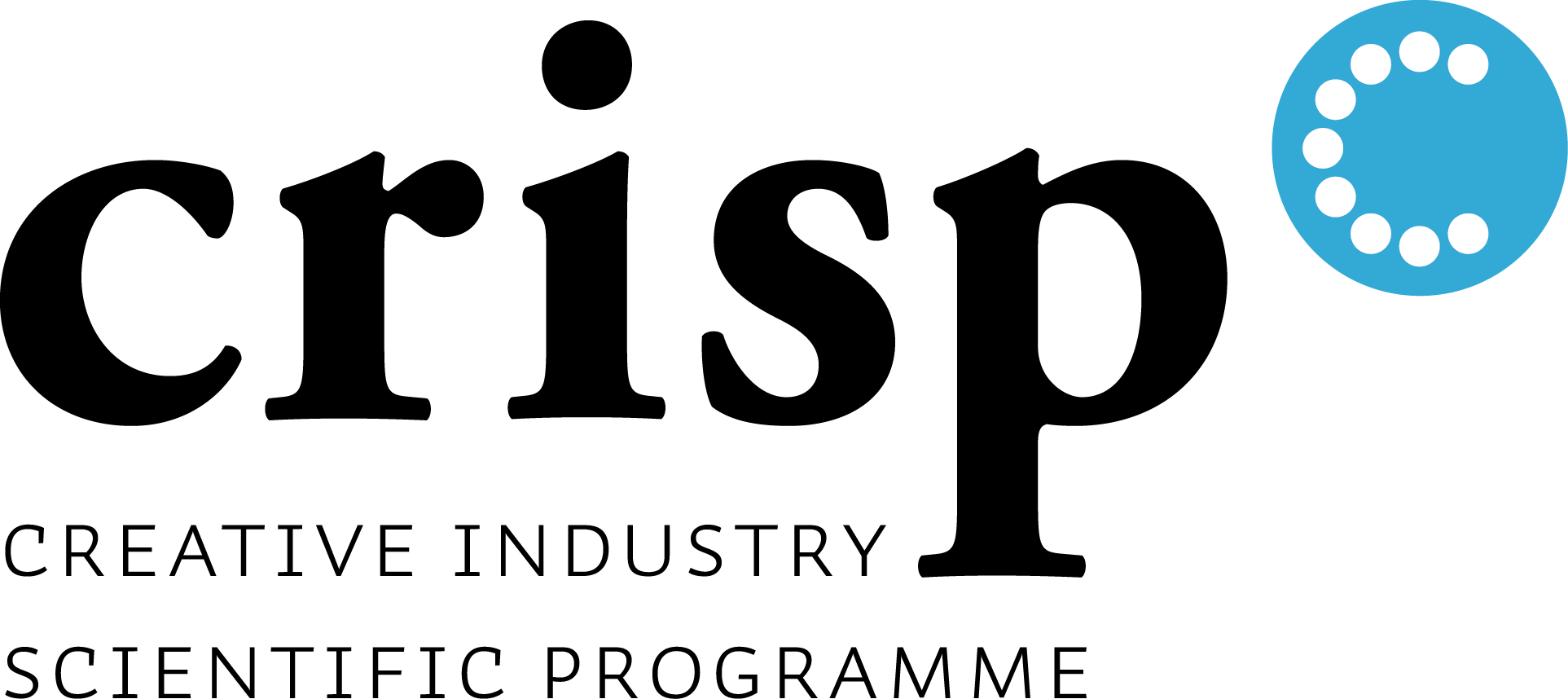My research interests include topics around Human Information Communication Design and my PhD research specifically is about crowd management. I’m investigating how we could manage crowds using technologies like wireless sensory networking. If worn by people a crowd, wearable sensors can communicate with each other and allow us to create approximate maps of the crowd by providing information on proximity between particular people in the crowd, its density and flow and even keywords used in the crowd.
Changing crowd behavior is probably even more difficult than persuading one person. It is especially challenging to keep people in the crowd in a state of well-being, since people get easily bored and inpatient while being in a crowd. I feel that game elements, especially the ones providing aspect of fun and challenge, are crucial to keep the interest of people and provide motivation to stay in the crowd. in my research so far, we differentiated two different kinds: event crowds and non-event crowds. In case of event crowds, like festivals or concerts, people are there for a specific reason and joined it voluntarily. They enjoy the crowd and want to interact with other people from the crowd. People in non-event crowds, like train stations or queues, are there out of necessity and do not enjoy it the way the first group does. We want to find ways to change non-event crowds into event crowds and gamification can be a good way to achieve it. We tried this approach on the annual conference of COMMIT, where we introduced a social game to which 200 people signed up. It consisted of wearing a conference badge with a sensor that tracked each person’s interactions with others. They were rewarded with points for talking to people outside their project and punished for always staying around their own group. At the end of the day, we could see that it influenced their behavior and motivated them to simply talk to other people more.
text by Malgorzata Pawlak




